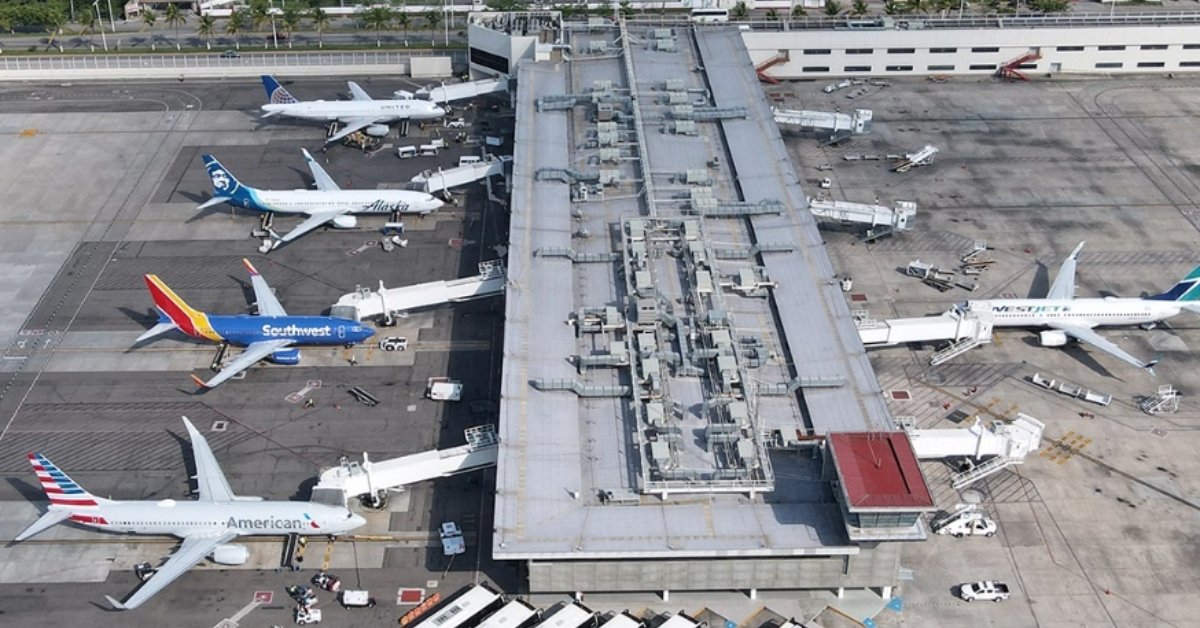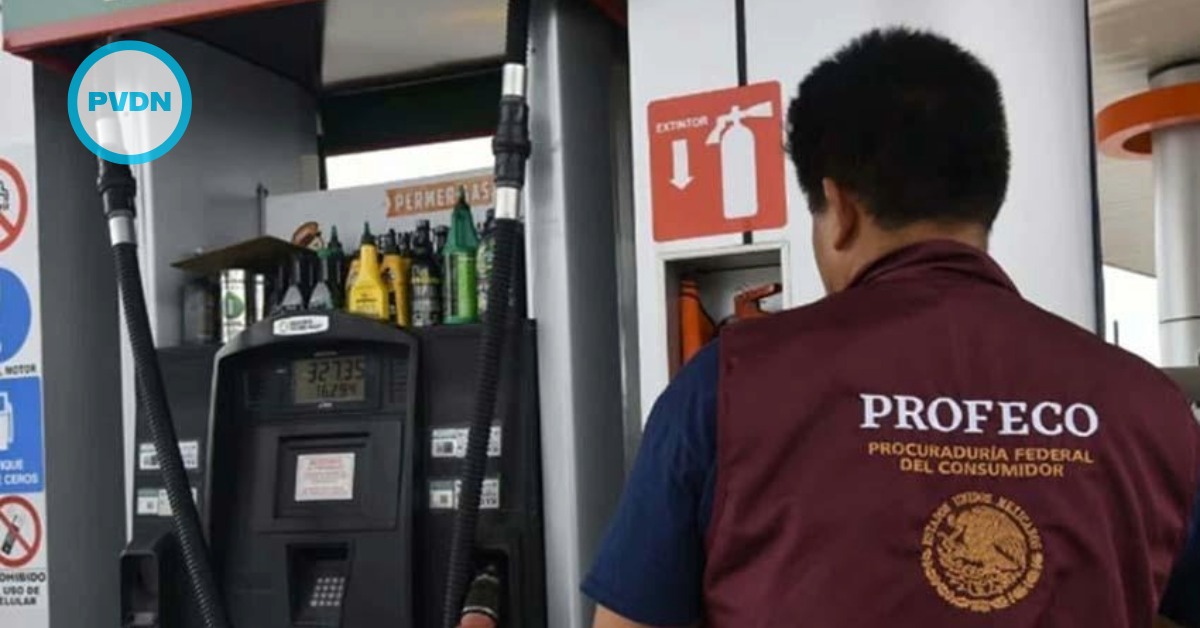Puerto Vallarta, Mexico - The shortage of aircraft has emerged as a critical factor contributing to the slowdown in air tourist flows to Puerto Vallarta in 2024, a trend expected to persist through the year's second half. This situation has not only impacted this popular beach destination but has also posed challenges across other Mexican tourist hubs and the global aviation industry.






